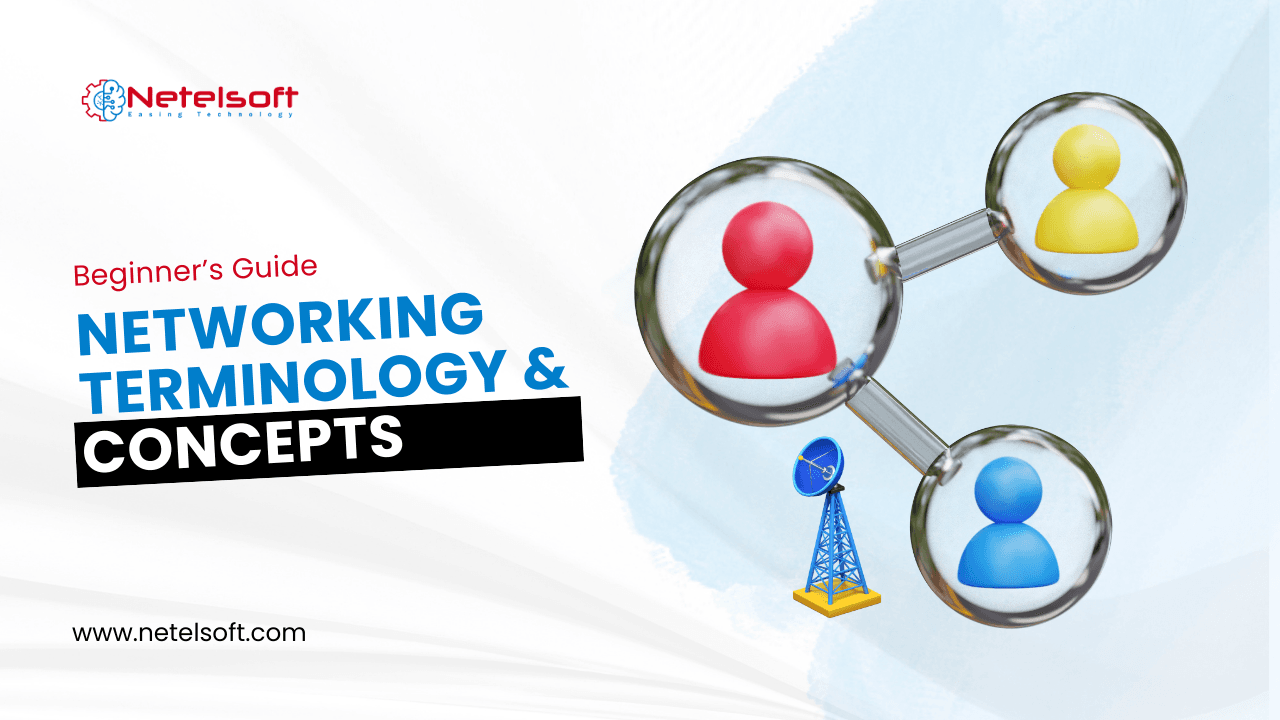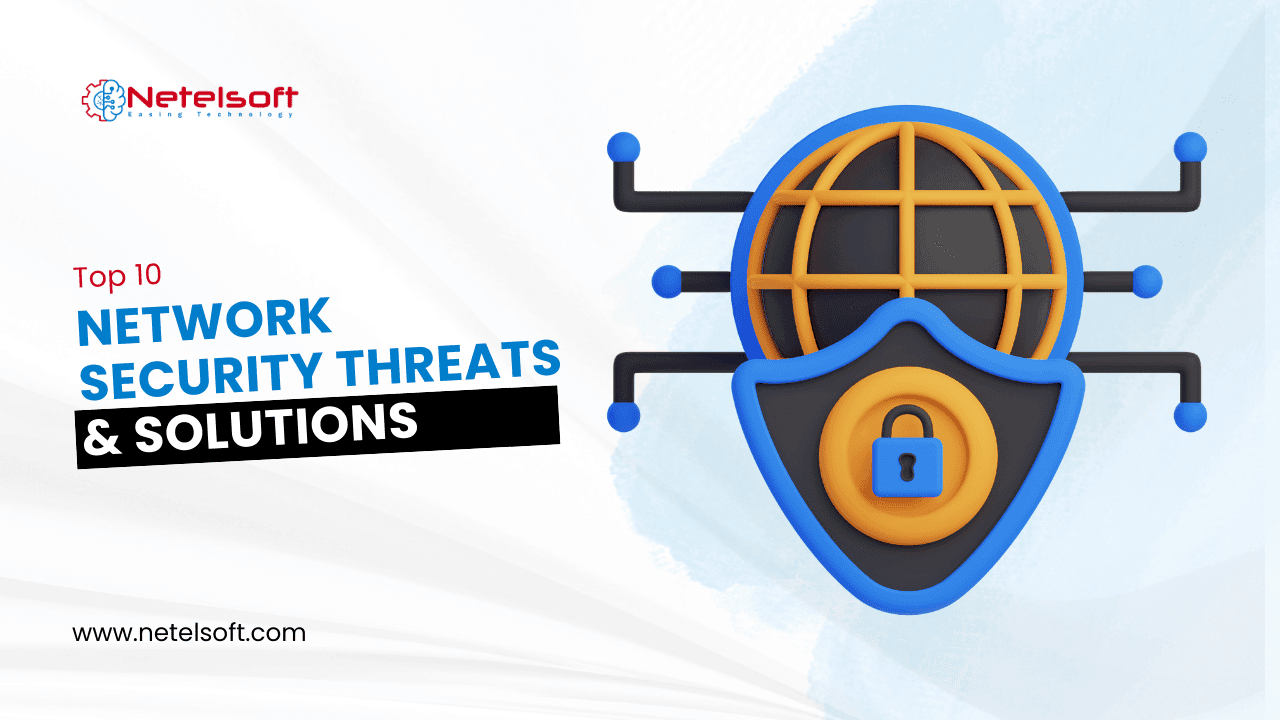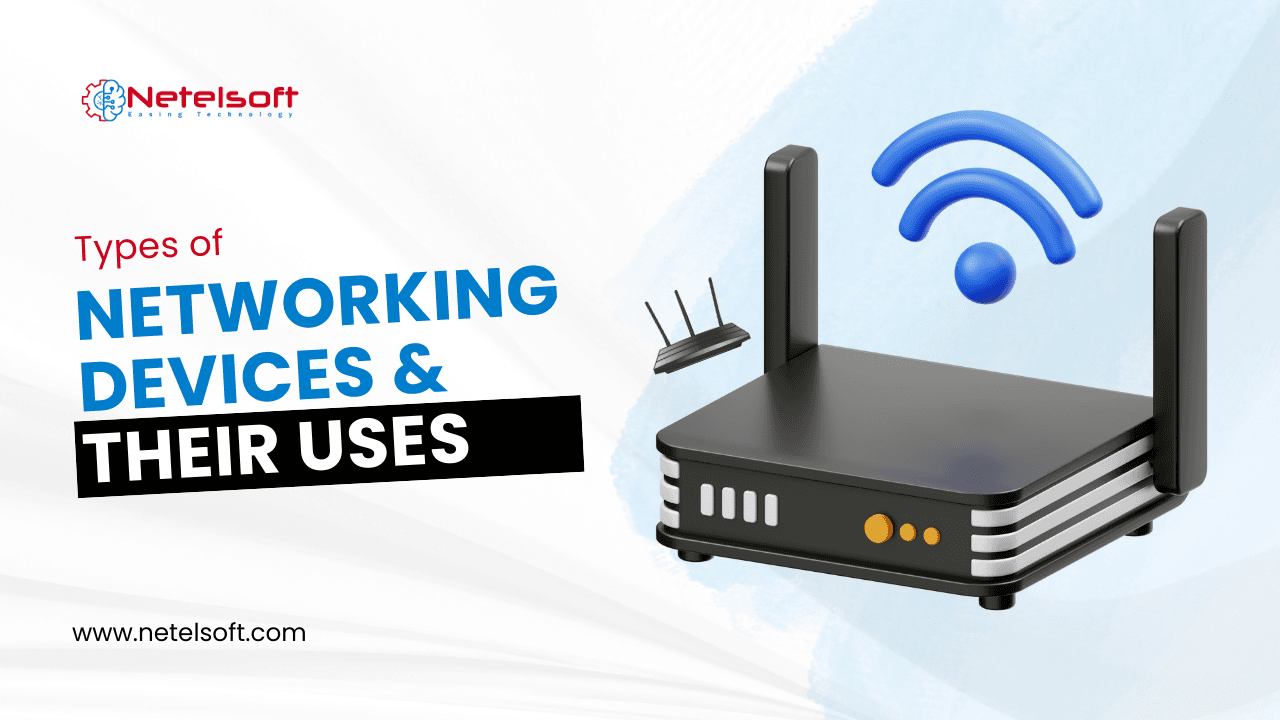Networking is the invisible backbone of today’s digital world. Whether you are streaming a video, checking emails, or running a business application, networking is what makes the exchange of data possible.
For beginners, the terms often sound complicated; words like protocols, IP addresses, firewalls, and routers can feel overwhelming at first. But with the right approach, these terms are not as tricky as they seem.
In this guide, we will explain the most common networking terminology & concepts in a way that is simple yet detailed. Each section will provide not just a definition but also real-world examples so you can understand how these technologies affect your everyday life and future career in IT.
What is Networking?

Networking is the practice of connecting computers, devices, and systems to share information, resources, and applications. Imagine a group of employees in an office needing access to the same printer or files. Instead of working separately, networking allows them to connect their computers so they can share resources quickly and efficiently.
There are different types of networks, depending on the size and purpose. A Local Area Network (LAN) connects devices within a small space, like a home or office. A Wide Area Network (WAN) connects larger areas such as different cities or even countries. And of course, the Internet is the largest network of them all, linking billions of devices worldwide. Without networking, our modern digital lifestyle would not exist.
Here, I discussed in depth the Networking Basics.
Common Networking Terminology & Concepts
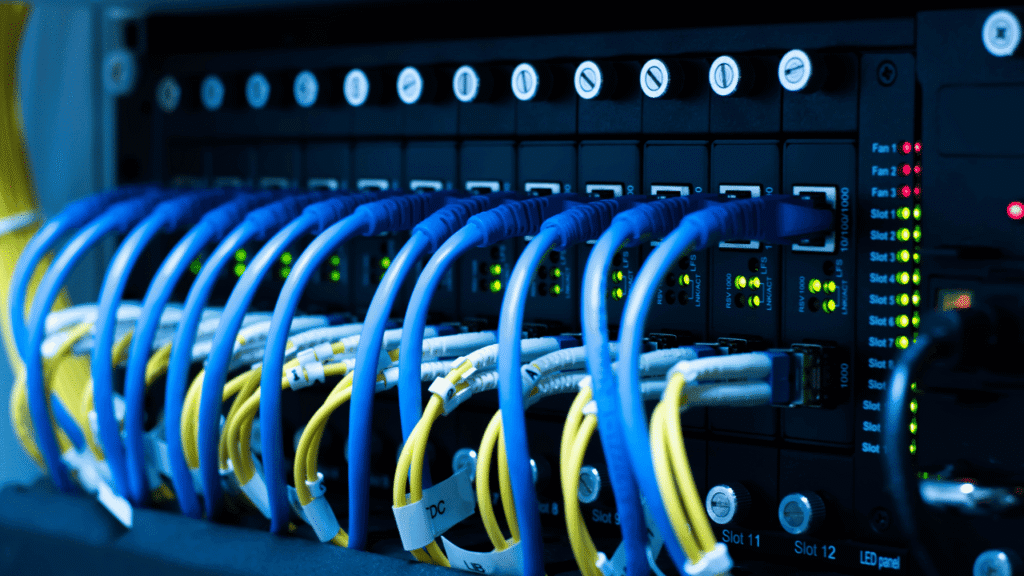
IP Address
An IP address is like the digital home address for a device on a network. Every computer, smartphone, or server needs one to send and receive information. There are two main versions: IPv4, which looks like 192.168.1.1, and IPv6, which was introduced because the older system was running out of available addresses. When you type a website name in your browser, your computer uses IP addresses to find and connect to the correct server.
MAC Address
While an IP address can change, a MAC (Media Access Control) address is permanent. It is built into your device’s network card and ensures that each device can be uniquely identified. Think of it as a fingerprint for your computer or phone that never changes, even if you move to a different network.
Router and Switch
A router directs traffic between networks. For example, your home Wi-Fi router connects your local devices to the internet. According to CompTIA Network+, a switch, on the other hand, operates inside the same network and makes sure data packets reach the correct device, like sending a file from your laptop to your printer.
Essential Networking Concepts for Beginners
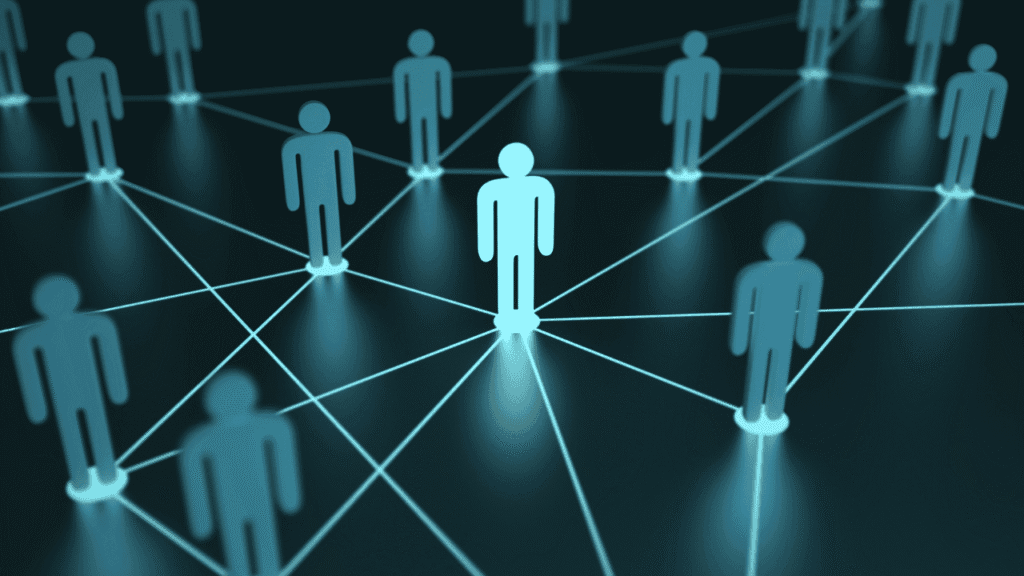
Protocols
Networking would not work without protocols. These are the rules that devices follow to communicate. For example, when you browse the web, your browser uses HTTP or HTTPS protocols to request and display web pages. Sending emails involves SMTP, POP3, or IMAP protocols. File transfers rely on FTP. Each protocol has a specific role, making sure data travels safely and reaches the right place.
DNS (Domain Name System)
The Domain Name System (DNS) acts like the Internet’s phonebook. Instead of memorizing long IP addresses, you type www.google.com, and DNS automatically translates it into the correct IP address. Without DNS, using the internet would be far less user-friendly because every site would require you to remember complex numbers.
Firewalls
A firewall is like a security guard at the entrance of a building. It checks every piece of traffic entering or leaving your network and decides whether to allow or block it. According to Internet Society, this protects computers and networks from hackers, malware, and unauthorized access. Both individuals and businesses rely on firewalls for protection in today’s world of increasing cyber threats.
Networking in the Modern World
Networking is not just about connecting computers anymore. It plays a significant role in shaping modern technologies and business solutions. For example, Web App Development and Mobile App Development rely heavily on strong networking to ensure smooth performance and data synchronization. A mobile banking app, for instance, must securely communicate with servers over a network to process transactions.
Cloud computing is another area where networking is essential. A Cloud Application depends on the internet to store and process data instead of relying only on local devices. This is supported by DevOps practices, which focus on delivering software updates quickly and efficiently. Security, reliability, and speed all depend on how well the network is designed and maintained.
Similarly, businesses use tools like CRM (Customer Relationship Management) systems to handle customer data across departments. These systems require networking to make information available in real time, whether employees are working from the office or remotely.
Even advanced fields like Blockchain Development are powered by decentralized networks that keep records secure and transparent without relying on a single authority.
Practical Examples of Networking in Everyday Life
Networking may sound technical, but you already use it every day without realizing it. When you make a video call on Zoom or WhatsApp, data packets travel across networks worldwide in fractions of a second.
Online shopping websites, often built with CMS Development tools, depend on networking to manage orders, payments, and deliveries securely. Your favorite streaming platform uses content delivery networks (CDNs) to ensure you can watch videos without delays, no matter where you are.
Even businesses that require Maintenance & Support for their IT infrastructure rely on networking for monitoring systems, updating software, and preventing downtime. In short, networking makes modern life possible, from entertainment to security to business growth.
Conclusion
Networking terminology & concepts form the foundation of the digital age. From understanding IP addresses and routers to exploring DNS and cloud applications, these concepts explain how information flows across the globe. For beginners, learning networking is not just about technology; it is about understanding how our connected world operates.
Whether you are a student, a business owner, or someone pursuing a career in IT, having a firm grip on these basics will help you adapt to advanced technologies like blockchain, CRM systems, and cloud solutions. The more you learn about networking, the more confident you will become in using and managing technology effectively.
FAQs
They include IP addresses, routers, switches, DNS, firewalls, and basic protocols like HTTP and FTP.
It ensures communication, data sharing, and access to critical systems such as CRM and cloud platforms.
IPv4 uses a 32-bit address system, while IPv6 uses a 128-bit system to support more devices and improve security.
It translates website names into IP addresses, making it easier to access websites without remembering numbers.
Cloud services rely on networking for storage, access, and secure connections between users and data centers.
Yes, they act as filters that monitor traffic and block suspicious activity, adding a strong layer of defense.
Absolutely. From small businesses to e-commerce stores, networking is essential for efficiency and growth.
Yes. Beginners can start with basic concepts and gradually move into more advanced areas like cybersecurity or DevOps.

